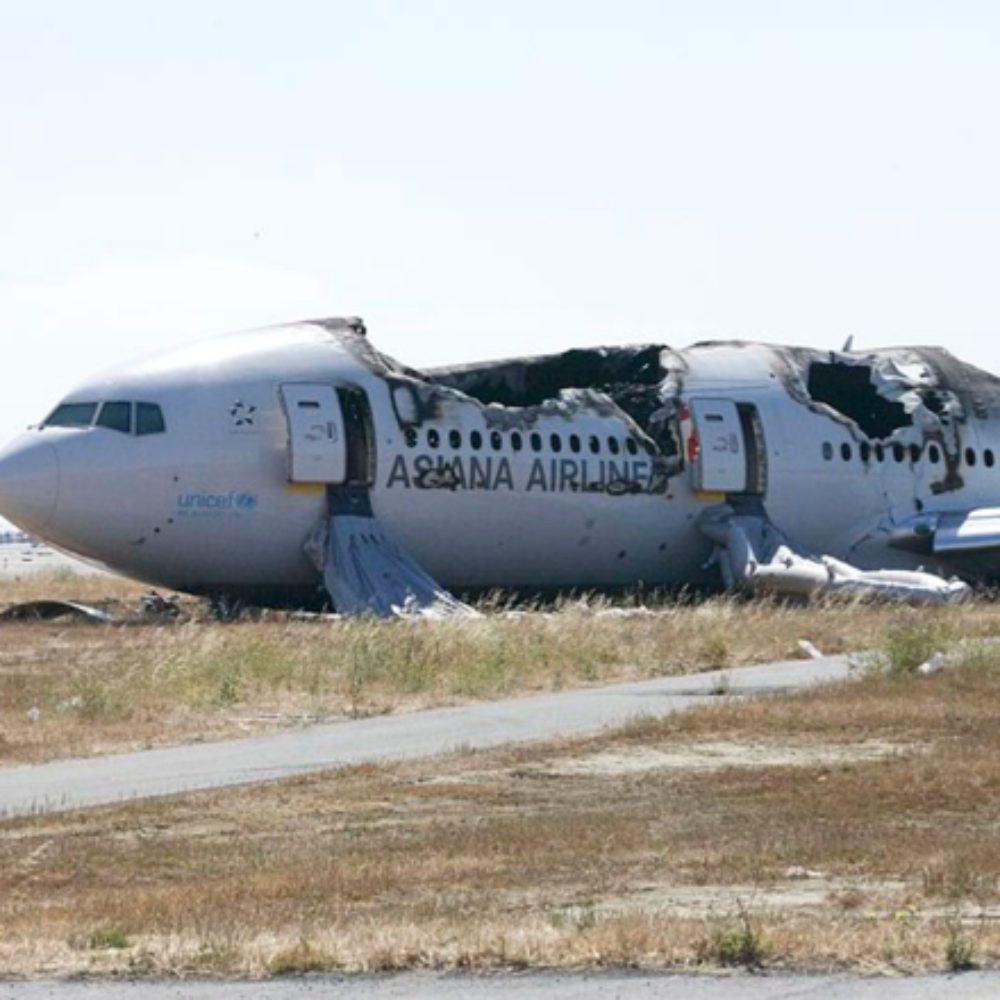Settlements Reached in Airport Runway Crash Lawsuits by Asiana Airlines

Seventy two passengers aboard an Asiana Airlines flight that slammed into a sea wall while landing in San Francisco have settled their personal injury claims, resolving many of the lawsuits stemming from the 2012 airport runway crash.
Dozens of lawsuits have been filed following the crash of Asiana Airlines flight 214 on July 6, 2012, which left three dead and nearly 200 passengers injured.
While approaching runway 28L at San Francisco International airport, the Boeing 777 airliner clipped a seawall, causing part of the tail to tear off and sending the plane skidding down the runway before it came to a stop and caught fire.

Did You Know?
Millions of Philips CPAP Machines Recalled
Philips DreamStation, CPAP and BiPAP machines sold in recent years may pose a risk of cancer, lung damage and other injuries.
Learn MoreSince December 2013, all lawsuits over the runway crash have been consolidated as part of a federal Multidistrict Litigation (MDL), which is centralized before U.S. District Judge Yvonne Gonzalez Rogers in the Northern District of California.
According to a joint case management report (PDF) filed on March 3, Asiana Airlines settlement agreements have been reached in at least seventy-two personal injury claims filed by passengers who survived the runway crash.
Most of the settlements appear to involve passengers who suffered less serious injuries, leaving many of the claims brought by those more severely injured still pending.
Following the airplane crash, one passenger was pronounced dead at the scene, another was transported to a nearby hospital and later died from severe impact wounds, and a third fatality involved a 16 year old girl who was struck by an emergency vehicle rushing to the scene. Of the 291 passengers aboard the flight, almost all suffered some degree of injury, but fewer than fifty passengers were reported to have suffered from severe injuries.
Most of the lawsuits involve claims against both Asiana Airlines and Boeing, alleging that Asiana Airlines pilot was flying to slow and at too low of an altitude to clear the sea wall. The claims also indicate that Boeing was partly responsible for the crash, because it failed to upgrade the Boeing 777 model plane following a 2009 crash in Turkey that occurred under similar circumstances with the 737 model.
The National Transportation Safety Board reported that the complexity of the Boeing 777’s auto-throttle and auto-flight director, two of the plane’s key systems for controlling flight, contributed to the accident because the systems fail to make clear the conditions in which the auto-throttle doesn’t automatically maintain speed.
Get more articles like this sent directly to your inbox.
"*" indicates required fields





0 Comments